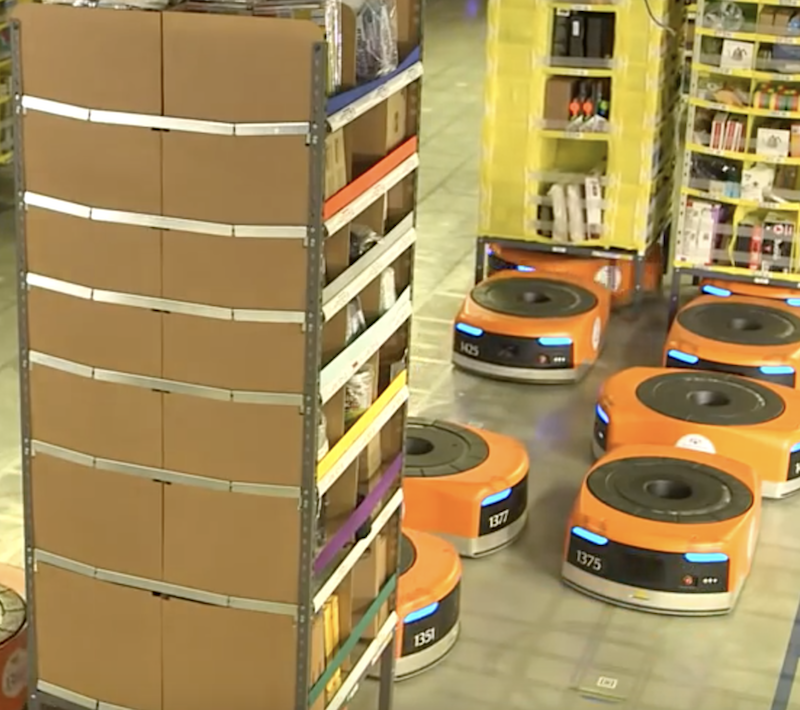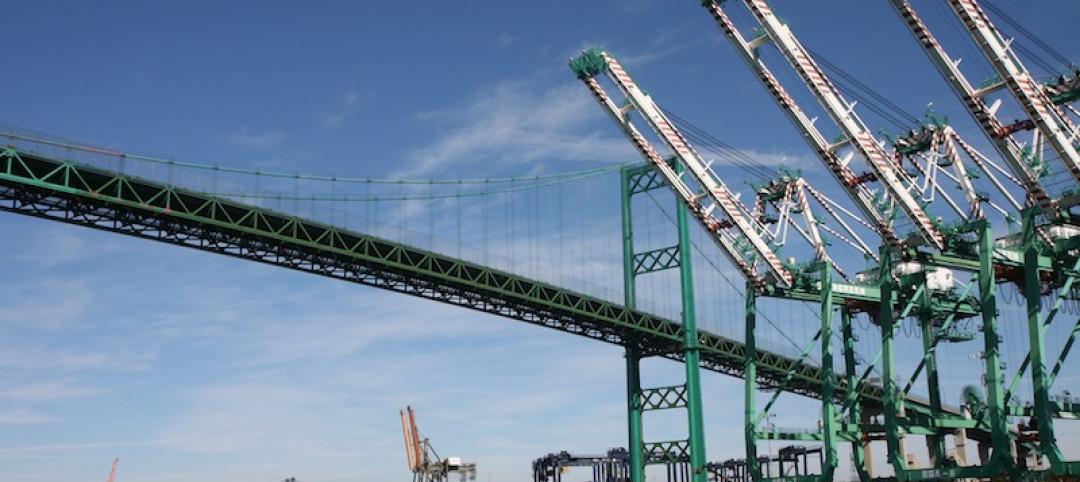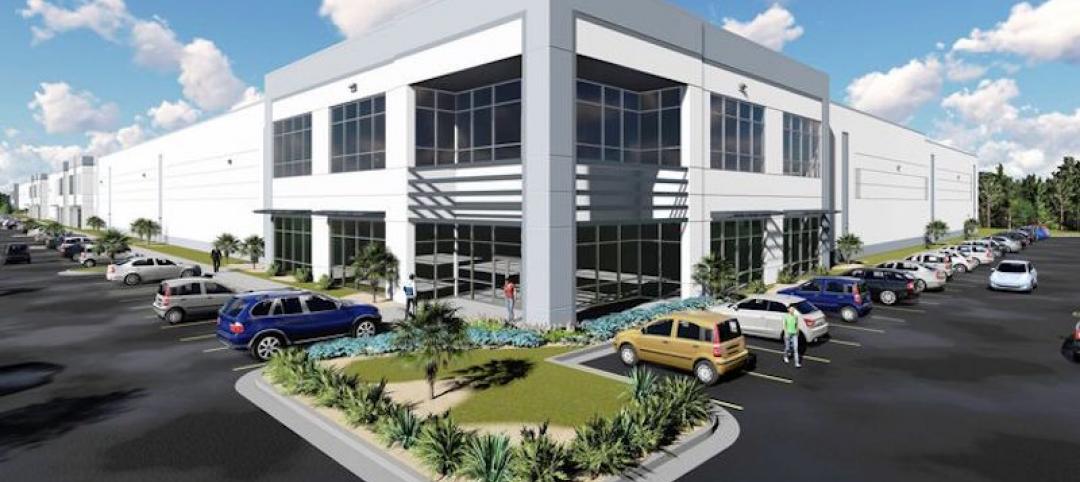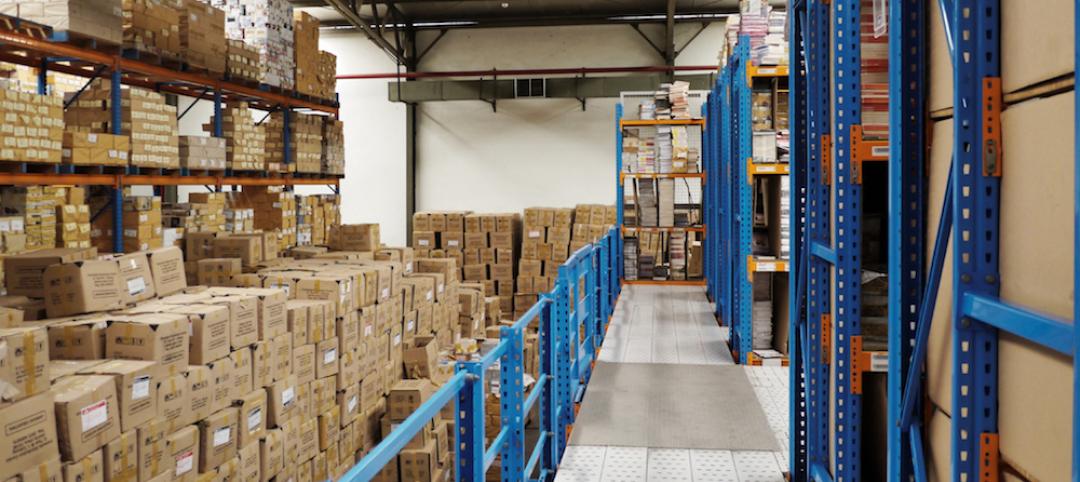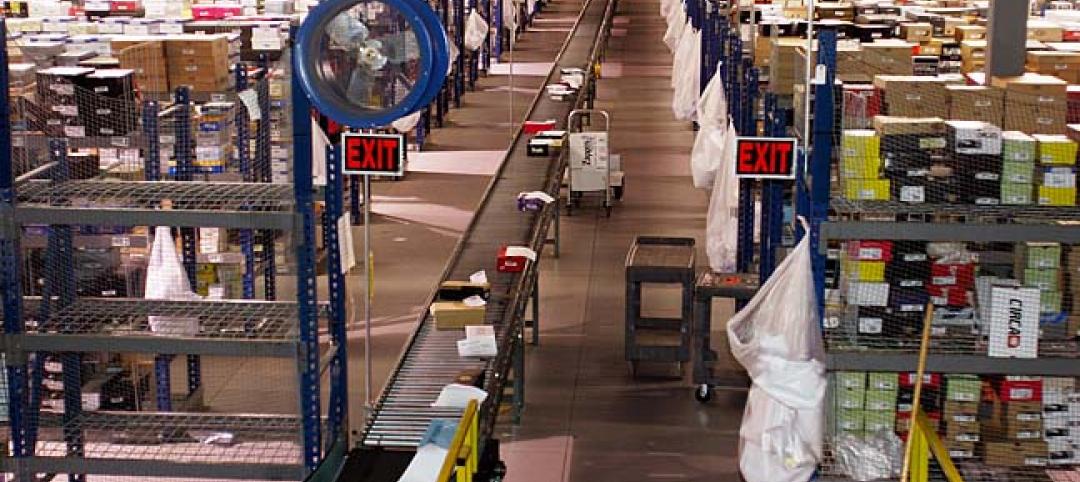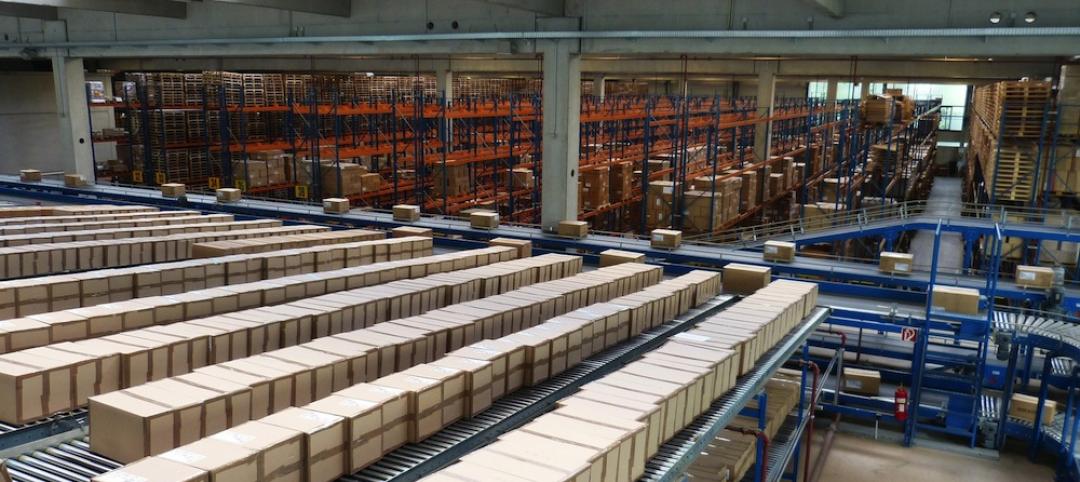Machine learning is enabling a new era of warehouse automation, as operators test artificial-intelligence-powered robots to help speed e-commerce orders.
An article posted earlier this week in the Wall Street Journal’s WSJ Pro section examines how logistics providers and retailers are deploying robotics to limit the number of steps their warehouse workers take and to execute more nuanced tasks long thought to be possible only by human hands.
Most warehouses still rely on human labor. But with the need to fill accelerating online orders, operators are looking for new, more efficient ways to manage distribution. Enter robotics: ROBO Global, a research and investment advisor, estimates that annual spending for warehouse and logistics automation, now at $46 billion, could surpass $75 billion by 2022.
Some examples of where the market may be headed, according to WSP Pro:
• XPO Logistics, with 1,529 locations and over 98,000 workers worldwide, is rolling out 5,000 AI-equipped robots that can deliver shelves full of products to workers.
• Rakuten Super Logistics—a division of the Japan-based online retailer Rakuten, with fulfillment centers in eight U.S. cities—is using robots to deliver bins full of products to workers who pick individual items for delivery.
• So-called collaborative robots that work in tandem with humans are also gaining popularity among warehouse operators, especially to manage seasonal workflows. XPO is using these robots to help guide workers through warehouse aisles, lighting up when they reach the next item to pick. Rakuten Super Logistics began using 40 “cobots” at its Las Vegas warehouse before the recent Christmas rush, and found they could handle increases in volume without adding temporary help.
Related Stories
Mixed-Use | Aug 17, 2017
Manhattan’s Union Square gets its very own farmhouse
GrowNYC, a sustainability-focused nonprofit, commissioned ORE Design to create the community events center and learning space.
Transportation & Parking Facilities | Aug 6, 2017
Post Panama Canal expansion, the top three U.S. ports still rule
But land constraints around the terminals are pushing asset prices and rents to new highs.
Industrial Facilities | Jul 21, 2017
Ridge breaks ground on two industrial buildings at Charleston Logistics Center
The buildings will total 686,300 sf, with each building accounting for 343,150 sf.
Market Data | Apr 13, 2017
2016’s top 10 states for commercial development
Three new states creep into the top 10 while first and second place remain unchanged.
Warehouses | May 19, 2016
Report finds that e-commerce and new tech is changing warehouses
Companies are integrating new technology and planning to build new warehouses in order to serve customers faster than before.
Warehouses | Mar 8, 2016
Big box warehouse construction continues to increase
As online shopping becomes more popular, many retailers are rushing to build big box warehouses to store and ship items in an effort to keep up with demand.
Market Data | Feb 9, 2016
Cushman & Wakefield is bullish on U.S. economy and its property markets
Sees positive signs for construction and investment growth in warehouses, offices, and retail
Market Data | Jan 20, 2016
Nonresidential building starts sag in 2015
CDM Research finds only a few positive signs among the leading sectors.
| Jan 14, 2016
How to succeed with EIFS: exterior insulation and finish systems
This AIA CES Discovery course discusses the six elements of an EIFS wall assembly; common EIFS failures and how to prevent them; and EIFS and sustainability.
Contractors | Jul 29, 2015
Consensus Construction Forecast: Double-digit growth expected for commercial sector in 2015, 2016
Despite the adverse weather conditions that curtailed design and construction activity in the first quarter of the year, the overall construction market has performed extremely well to date, according to AIA's latest Consensus Construction Forecast.


